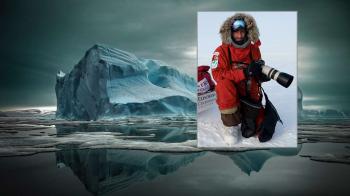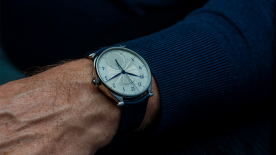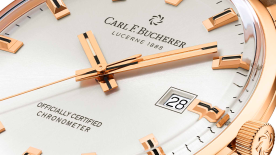How did your fascination with great explorers begin?
My life journey was influenced very early on by nature and discovery, and several factors came into it. When I was very young, I was fascinated by the novels of Jack London, such as Call of the Wild and White Fang, and tales of explorers like Franklin, so as a teenager I decided I wanted to be a polar explorer. My parents lived in Paris, London and New York, but my father was a sailor and I learned to sail from the age of three. I started in an Optimist at the age of five, and worked my up through the 420, 470 and Finn classes. Now I sail a Tiger in the summer when I can, and I also enjoy windsurfing and kitesurfing. I have always been very sporty. At school I was a competitive tennis player and runner, but I was also quite an introvert and, from around the age of 12, I started expressing myself through photography. I was probably influenced by my British grandfather, who devoted the first half of his life to exploring India with a rifle; in the second half he swapped it for a camera. I describe myself as an image hunter. The only kind of capture I’m interested in is capturing nature with my camera lens. I have always been interested in science. I studied glaciology and climatology, but I’ve always been very curious. The thirst for discovery and the need to commune with nature also led me to hiking and climbing, but always with a goal.
Which of your 13 expeditions has impacted you the most?
The North Pole. It’s by far the most difficult. I organised a first expedition there in 2009, and another in 2017, but that one had to be aborted. I’m hoping to go back there in 2021. The preparation requires a huge amount of research, both scientific research and looking for funding, such as the partnership I have with my sponsor Ulysse Nardin. Over the years I have developed considerable expertise in glaciology, and I continue to study it. It’s vital because out there human life hangs by a thread. Ice is part of my operating system. I’ve travelled almost 10,000 km across it, I’ve fallen through it and I’ve even been attacked by bears on it. And yet I started out by crossing a desert – the Simpson Desert in Australia, the biggest desert of parallel dunes in the world. I crossed 1,100 of them with my teammate, pulling 200 litres of water on a cart, and we set a world record for that route. In the early days I was a commercial photographer, and I earned enough to finance my own expeditions. Back then I would do one major expedition per year, but these days I don’t do so many because I’m 56 and I have two young children.
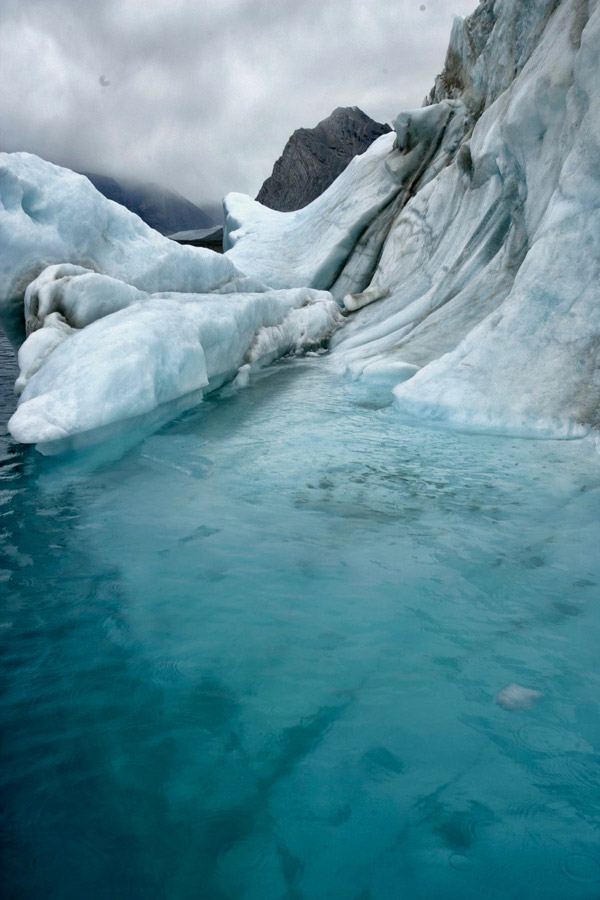
How did you feel when your exhibition of 82 large-format photos brought 4 million visitors to the Jardin du Luxembourg in Paris?
Because of my profession, my work has been exhibited many times, but never on that scale. To be able to present these images, which represent such a big part of my life, on a topic that is so important to me, to so many people, was a big moment. Their reactions confirmed my instinct that it’s impossible to remain indifferent to something if it’s presented in an interesting way. I’m not the world’s greatest explorer, or the world’s best photographer, or the best environmental activist, but I’m pretty good in terms of being able to do all three. And after bringing those things into the streets and sharing them with people, I’m tempted to think that humans are fundamentally good, but ill-informed. If you can reach people’s hearts, you can reach their minds.
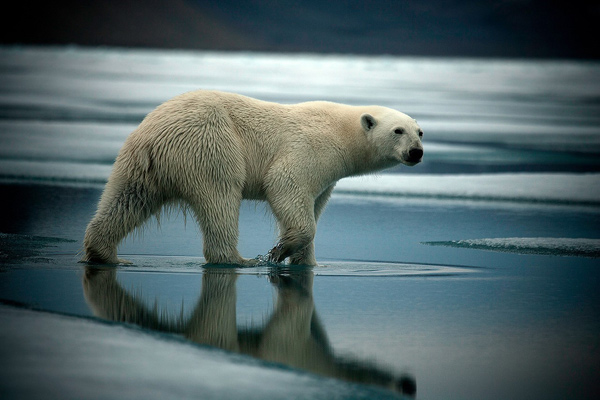
What would your recommendation be, for someone who enjoys travelling for pleasure?
Curiosity has always been my main driver. I believe that discovering, feeling and communing with nature is paramount. Life is too complex and too fascinating to be passive about it. You have to experience it. Being in a hostile environment such as the North Pole helps us to understand how absolutely fragile life is. We live in an illusion of safety, we cling on to our quality of life by using technology, we take all our problems and we try to make someone else pay the bill. Of course, defending this cause means I have to travel a lot, if possible by train, but I offset all my carbon. Human genius lies in our capacity to imagine, to see the future, to plan, to have a conscience. But this skill of looking beyond our own selves is eroded by our daily lives, which we have designed to maximise our comfort, even though it threatens our long-term survival. Going out into nature enables us to readjust our consciences and reconnect to the earth. Although eco-tourism is an interesting option for reducing our carbon footprint, I believe communion with nature is even better, because it creates a desire to protect it, and leads to decisions that have positive consequences.
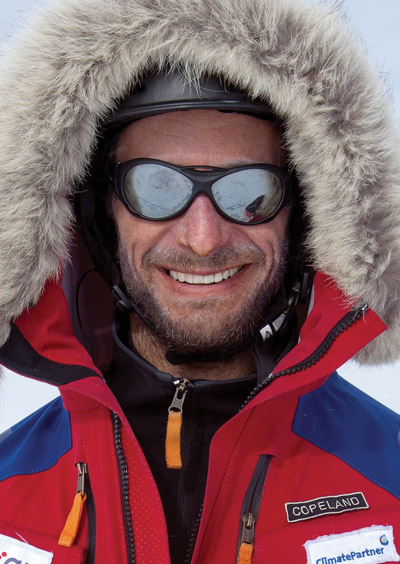
You used to be a commercial photographer. Has that opened doors for you today?
Absolutely. One of the major challenges of exploration is funding. So being able to rely on a range of tools that make fundraising that much easier is essential. Professional photography provided a way for me to refine my skills and learn a universal language, which enables me to connect to a wide audience about a fundamental issue in a visual and engaging way. But it has also enabled me to connect with media such as you or National Geographic, as well as environmentally responsible businesses such as Ulysse Nardin, which can make the most of my photographic resources. The power of images works. As Stendhal said, “Beauty is a promise of happiness.”
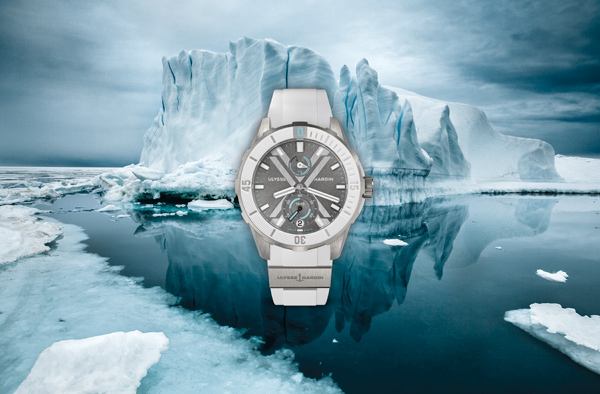
What project are you working on currently?
At the moment I’m working on what I believe will be the last human crossing of the North Pole on foot, unsupported and from land: the Last Great March. It was my childhood dream, and it’s something that the children of today won’t be able to do. I have to emphasise that. And in fact, I estimate my chances of success at around 20%. With climate change, the sea ice is no longer stable. It has melted and been completely destroyed over the summer. It moves, it’s full of air pockets. Because the Arctic is constantly in motion, with the wind and the ocean currents, the ice breaks up, because there is less volume. Its surface area is shrinking and spring is coming earlier. And when it refreezes, you sometimes have to climb ice walls, or swim across channels of open water. It’s extremely challenging because it’s slower and more risky than it was before, as Mike Horn found out last autumn. If I succeed in securing the financing I will also need to find a specialist rescue team. There are very few of them left in the region, and there are now only two types of plane that are able to land on that kind of surface. I hope I succeed!
Follow the adventure on Sebastiancopelandadventures.com and Lastgreatmarch.com
